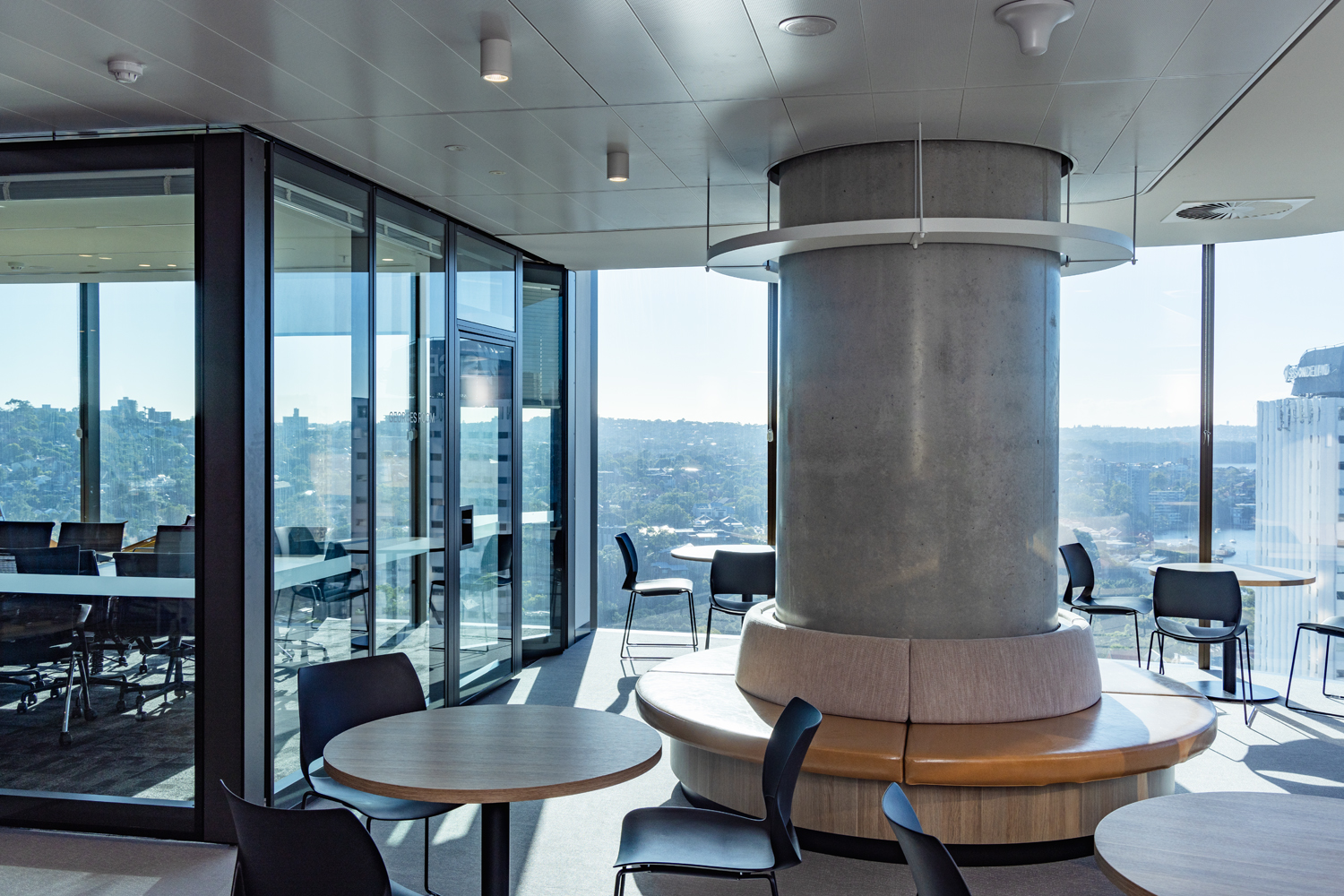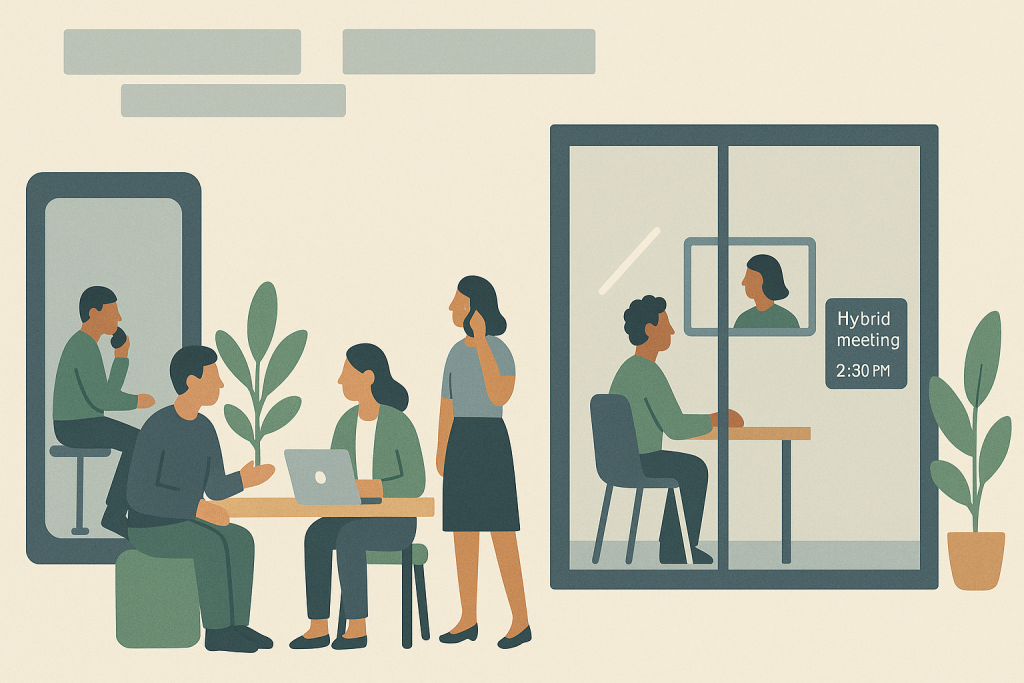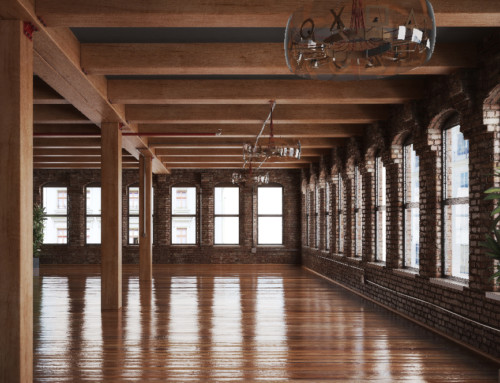Hybrid work has settled in, budgets are under more scrutiny, and teams are choosing quality over quantity. The offices winning attention in 2025 are collaboration-first, health-centred, tech-ready and designed to adapt. Below are the big shifts the SB Projects team are seeing across Sydney and Australia, plus what they mean for your next fit-out.
Market snapshot (Updated August 2025)
-
Vacancy looks near the top. CBRE expects national office vacancy to peak in 2025 then decline, with sublease availability at its lowest since 2019, signalling fewer contraction moves. CBRE Australia
-
Flight-to-quality is real. Occupiers are trading up to better buildings and amenity-rich precincts across APAC and Australia, even while resizing footprints. CBRE Australia
-
Fit-out budgets are stabilising, not shrinking. JLL’s 2025 guide and industry coverage put a “moderate, mid-quality” Australian office fit-out around ~AU$3,220/m² as a planning average, with costs and lead times broadly steady. JLL CommercialRealEstate.com.au Cushman & Wakefield
-
Health credentials are mainstream. WELL engagement has passed 6 billion sq ft across ~100,000 locations in 137 countries. resources.wellcertified.com
The workplace is evolving rapidly, driven by shifts in work culture, technology, and environmental awareness. Office design in 2025 reflects these changes, prioritising flexibility, well-being, and sustainability to create spaces that support both productivity and employee satisfaction. This article explores the top trends shaping the offices of tomorrow.
1) Hybrid is the default, so rooms beat rows
The most valuable square metres now are the ones that help teams meet, solve and decide. That means more small rooms, fewer long desk runs, and AV that works for in-room and remote participants.
-
AI in meetings is standard. Platforms now auto-transcribe, summarise and create action items, which influences microphone choice, camera placement and display sizing.
-
Set clear guard-rails. Build consent prompts and default sharing rules into your room standards so AI note-taking stays appropriate.
Design tips: prioritise 1–4 person focus rooms and small project rooms, specify ceiling-array microphones, standardise a meeting platform profile per room type, and keep controls simple.
2) Right-sizing floorplates, upgrading quality
Tenants are optimising footprints while moving to better buildings with stronger ESG, amenities and transport links. A slowing delivery pipeline in Sydney is also pushing demand for move-in-ready solutions.
Design tips: plan flexible partitions, modular joinery and furniture systems that can be re-configured without a costly strip-out. Consider well-planned spec-suites to shorten time-to-lease. We can advise on finishes, joinery and layout through our Office Design service.
3) Budget reality: plan for ~AU$3,220/m² and show where it goes
Costs have levelled off, but clients still want certainty and speed.
Design tips: lock long-lead items early, standardise finishes across room types, use a priced list of alternates to protect the programme, and explain premiums for AV, all-electric kitchens and custom joinery.
4) Acoustic comfort and privacy are measured, not guessed
Open offices still need quiet. Use recognised targets and show evidence.
Design tips: set acoustic performance targets (e.g. speech privacy, background noise), then combine sound-absorbing ceilings, wall treatments and carpet with planning distances, phone booths, focus rooms and sound masking where appropriate. Verify outcomes at completion.
5) Health, air quality and performance monitoring move centre stage
Wellbeing has shifted from pot plants to verified performance.
Design tips: specify CO₂, PM and TVOC sensing in key zones, provide occupant-facing dashboards, and align mechanical strategies with performance ratings such as WELL. Demand-controlled ventilation and smart controls improve indoor air quality while managing energy.
6) “Hotel-grade” amenities are the baseline
A better arrival experience, quality end-of-trip facilities and thoughtful refresh spaces are now part of what defines building quality.
Design tips: treat reception like a concierge lounge, provide high-quality end-of-trip with secure bike storage and towel drying, and include parents rooms, multi-faith rooms and wellness rooms in larger tenancies.
7) Circular fit-outs: less waste, more reuse
Clients want to know what happens to materials at end-of-lease and how much can be reused.
Design tips: design demountable partitions, specify systems with take-back schemes, track materials in a simple register, and document a circular plan alongside the finishes schedule.
8) Inclusive, neuro-sensitive and accessible by design
Accessibility has moved beyond minimum compliance to broader inclusion and sensory comfort.
Design tips: pair universal access with sensory zoning, quiet routes, adjustable lighting scenes, varied seating textures and heights, and clear wayfinding. Include quiet rooms and low-stimulus areas.
What this means for your 2025 fit-out
-
Design for meetings first. Standardise room types with AI-ready AV, consent signage and simple controls.
-
Prove comfort. Set acoustic targets up front and verify them at handover.
-
Make health visible. Add IAQ sensors and public dashboards, and integrate demand-controlled ventilation.
-
Budget with today’s numbers. Start around AU$3,220/m² for mid-quality, then price options.
-
Cut waste. Plan for reuse and recovery from day one.
-
Dial up inclusion. Treat accessibility and neuro-inclusion as core design requirements, not add-ons.
Why partner with SB Projects
We design and build workplaces that people actually use, backed by clear documentation, benchmarks and disciplined delivery. If you need a new fit-out, a refurbishment or an end-of-lease make good with minimal downtime, we can help you plan, price and deliver with certainty. Read our testimonials or learn about us.
Call 1300 943 588 or get in touch to start a quick scope and budget.



